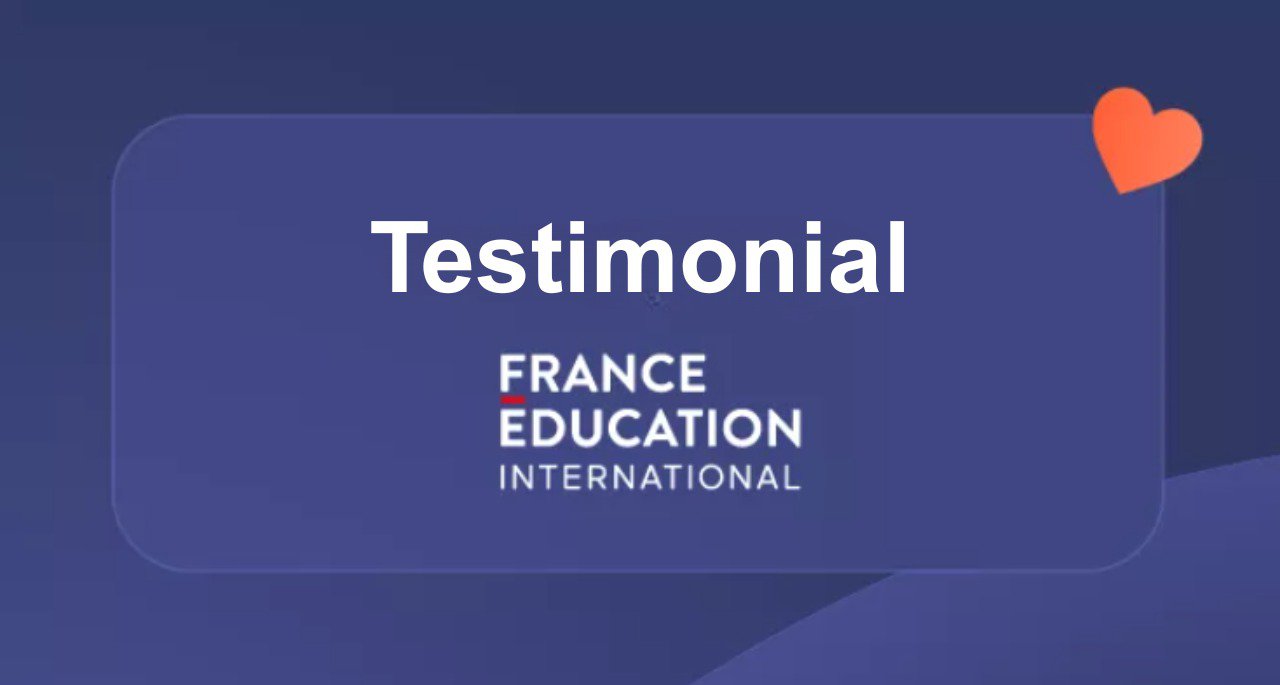The Impact of Plagiarism on SEO and How to Avoid It
What’s a Rich Text element?
The rich text element allows you to create and format headings, paragraphs, blockquotes, images, and video all in one place instead of having to add and format them individually. Just double-click and easily create content.
Static and dynamic content editing
A rich text element can be used with static or dynamic content. For static content, just drop it into any page and begin editing. For dynamic content, add a rich text field to any collection and then connect a rich text element to that field in the settings panel. Voila!
How to customize formatting for each rich text
Headings, paragraphs, blockquotes, figures, images, and figure captions can all be styled after a class is added to the rich text element using the "When inside of" nested selector system.
Plagiarism is basically the act of taking without crediting. In SEO and content writing, plagiarism refers to using someone else’s content without giving them the kudos they deserve.

On top of being an unethical act on its own, plagiarism has a range of different consequences and repercussions in the realm of SEO. In this post, we’re going to talk about that, and then we’ll wrap up with some tips on how you can avoid getting hit with those consequences during your SEO campaign.
The Impact of Plagiarism on SEO
Plagiarism essentially has a two-fold consequence on SEO.
- The first type of consequence comes in the wake of the search engine(s) themselves detecting the plagiarism and then penalizing the site(s) for it
- The other consequence comes in the wake of the readers/audience of the particular site discovering the plagiarism.
The first type of consequence is fairly simple.
If you publish plagiarized and copied content on your website, it is detected easily by search engines. They (the SEs) are able to see when a piece of content already exists online, and it appears elsewhere in the same form.
The penalties given by search engines for plagiarism vary depending on the severity of the offense. For example, a plagiarized passage or a paragraph will not wreak havoc on a site’s ranking the same way as an entire blog post would. The penalties themselves can include a lowering in the site’s rank or a complete de-indexing.
The second consequence is a bit more indirect.
If the audience of a particular website finds out that it is plagiarizing content, they can get put off. They can, for obvious reasons, lose their confidence in the website and stop visiting it in the future.
This can bring about a consequent decrease in clicks and traffic – which can then bring about a decline in the overall performance of the site. This can be detected by the search engines, and they can rank the site lower due to the decreased performance.
How to Avoid Plagiarism Issues in SEO?
Avoiding plagiarism issues in SEO is fairly easy if you know what to do and when to do it. Below, we will talk about some of the main methods and techniques that you can follow for that:
Be careful about doing your research in detail
One of the prime reasons for plagiarism in content is poor research. And by “poor,” we don’t mean lackluster. Rather, we mean poorly executed.
When you have to do research to write on a certain topic, you need to ensure that you don’t stick to a single source. That is a one-way ticket to committing plagiarism.
By using a single source, you can get influenced by the tone, tenor, and type of information that it features. And due to that, you can import all of those when writing your own content. This can culminate in accidental plagiarism – even in situations where intentions where there is no intent for the same.
To avoid this, you should use at least three to four sources to collect information. You should mix and match the whole information-garnering process so that there are no plagiarism issues once you’re done.
Cite Wherever Needed
While, for the most part, you just get ideas and information from online sources, there can be a lot of times when you have to use something (like a piece of text or a fact or a figure) verbatim.
In cases like this, you have to give citations to the original source.
Citations, in this context, refer to the good old in-text citation + detailed reference gimmick followed in academic write-ups. Mind you, even mentioning the name of the source at the particular spot is technically a citation as well.
When you’re writing content for SEO, you can make do with a proper citation, or you can just leave it at an “according to so-and-so source…”
Use Quotes Where Using Text Verbatim
Giving citations is what you have to do when you’re using a fact or a figure directly from a source, even if the wording is a little bit different.
But if you have to use some text from a source with the same exact wording, you need to put it in “quotation marks.”
Quotation marks are the punctuational equivalent of saying, “I heard this from somewhere and definitely didn’t come up with it myself.”
Once you do that, you relinquish credit and hand it over to another source. That is in itself a neutralizer of plagiarism.
Paraphrase and Paraphrase Properly
Giving citations is something that you can do every now and then, i.e., sporadically. But when you have to use some data and information from a source without giving a citation, you have to paraphrase.
Paraphrasing is basically the process in which you reword something. You say/write the same thing using different words and in a different way than what it originally was, but it carries the same meaning.
As far as paraphrasing during content writing goes, there is nothing wrong with it as long as the paraphrasing itself is thorough. In other words, if you use an idea from a source but you change the text so much that it doesn’t look anything like the original, there is nothing you have to worry about.
However, things can get messy if you take some content from a source and then change it very sparsely. That way, it can get pretty apparent that you are using ideas and information from elsewhere without putting in your own effort.
And that also counts as plagiarism…while we are on it. “Paraphrasing plagiarism” is a type of its own.
If you want to make thorough changes in the text but you don’t have the time or skill to do it, you can try taking the help of an online AI-based paraphrasing tool. These tools do the same thing that a human editor or writer would, except that they do it with mechanical efficiency.
Always Check Your Content Before Finalization
Even after making all the right efforts in the right direction, there is still a chance for your content to end up with accidental plagiarism. Plagiarism can occur coincidentally, and you can’t get aware of it until and unless you’ve run a plagiarism check on your content.
With that in mind, our last tip on this list is to always check your SEO content for plagiarism before you publish it. That way, you will be able to find any accidentally plagiarized text in there and take the right steps to eliminate/resolve it.
Doing this is fairly easy. All you need to do is get your hands on a reliable plagiarism checker and run your content through it. Then, when the tool highlights any plagiarized parts, you can either remove them altogether or just rephrase them.
Conclusion
Considering the impact of plagiarism on SEO, you have to do all you can to make sure it doesn’t occur in your content. In the post above, we’ve talked about the consequences of plagiarism as well as the things you can do to steer clear of it.
We hope you learned a thing or two here in this post.









